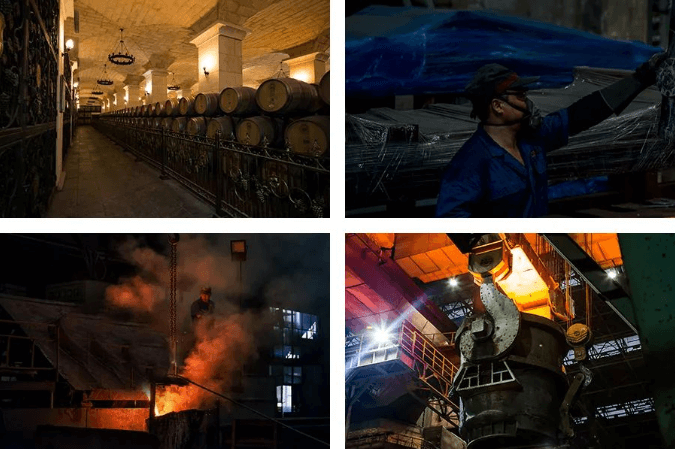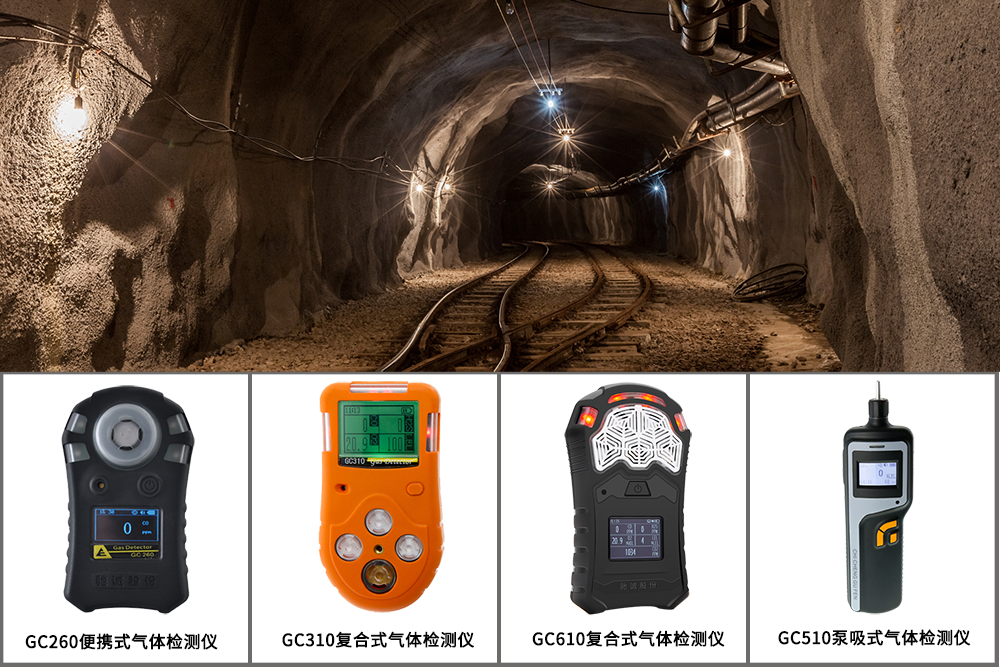What harmful gases exist in confined space and how to effectively prevent them?
Limited space refers to a space that is enclosed or partially enclosed, with narrow and limited entrances and exits, not designed as a fixed workplace, with poor natural ventilation, and is prone to the accumulation of toxic, harmful, flammable, and explosive substances or insufficient oxygen content. Confined space operation refers to the operational activities carried out by operators entering a confined space.
What are common limited spaces?
Limited space is divided into three categories:
(1) Closed equipment: such as cabins, storage tanks, vehicle tanks, reaction towers (kettles), refrigerated containers, pressure vessels, pipelines, flues, boilers, etc;
(2) Underground confined space: such as underground pipelines, basements, underground warehouses, underground works, underground ditches, tunnels, culverts, pits, waste wells, cellars, sewage pools (wells), biogas tanks, septic tank, sewers, etc;
(3) Limited space above ground: such as storage rooms, distiller's grains ponds, fermentation ponds, garbage stations, greenhouses, cold storage, granaries, silos, etc.

What security threats exist in confined space?
◎ Poisoning hazard: Limited spaces are prone to the accumulation of high concentrations of harmful substances. Generally, it contains gases such as hydrogen sulfide, carbon monoxide, carbon dioxide, ammonia, methane (biogas), and hydrogen cyanide, among which suffocating gases mainly composed of hydrogen sulfide and carbon monoxide are particularly prominent. Most of these gases are toxic and can pose a risk of poisoning to the human body.
◎ Hypoxia hazard: Low oxygen concentration in the air of a limited space can cause hypoxia, leading to suffocation and death of the human body.
◎ Explosion hazard: There are flammable and explosive gases in the air, and high concentrations can cause explosion or combustion when exposed to fire.
◎ Other hazards: Any other environmental conditions that threaten life or health. Such as falling, drowning, object strike, electric shock, etc.
What is the method to prevent toxic and harmful gas poisoning in confined space?
Similarly, as a common workplace in fields such as electricity, gas, manufacturing, and construction, working in a confined space requires carrying portable gas detectors for gas detection anytime and anywhere.
The portable gas detector has a compact body and is easy to carry. It uses high sensitivity sensors internally. When the concentration of the measured gas in the environment reaches or exceeds the preset concentration value, the instrument immediately emits a triple alarm of sound, light, and vibration, effectively ensuring the safety of workers from being invaded. And the instrument is dustproof, waterproof, and explosion-proof, suitable for use in limited space environments.

The limited space environment is complex, with a variety of toxic and harmful gases. How can we simultaneously detect the concentration of multiple harmful gases when one fist is difficult to defeat four hands?
Common instruments include: single gas detector, composite gas detector, pump type gas detector, probe gun type gas detector, etc. They are suitable for various complex limited space working environments and are effective assistants in work!
At the same time, when carrying out confined space operations, we must always follow the principle of "ventilation first, then detection, and then operation". Without ventilation and detection, operators are strictly prohibited from entering the confined space for operation. Moreover, when there is a change in the working environment, it should be considered as entering a new confined space, which can only be entered after re ventilation and testing.
When conducting testing, the testing personnel should be in a safe environment and keep testing records, including testing time, location, gas type, and testing concentration. The detection indicators include oxygen concentration value, concentration value of flammable and explosive substances (flammable gases, explosive dust), concentration value of toxic gases, etc.
Where there is light, there is life! I hope that the hidden corners of life can be illuminated by love, and that working in limited spaces can be guarded by portable gas detectors. We can use technology to change production methods, and build safety bridges with responsibility!

